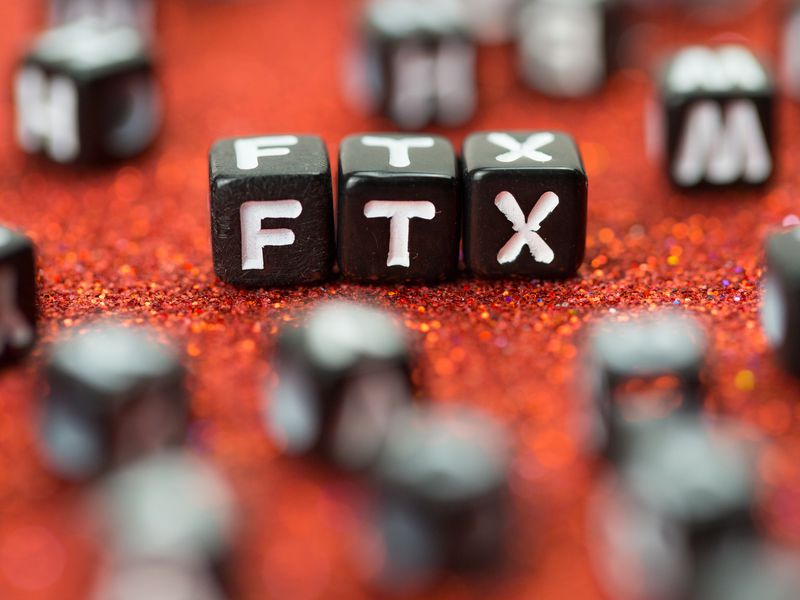Why Blockchains Struggle to Gain Traction in Enterprises
Paul Brody is EY’s global innovation leader for blockchain. The views expressed are his own.
The Y2K program (does anyone remember that?) came about because software developers assumed, in the early days of computing, that newer, better enterprise systems would come along very soon and that their efficient two-digit date systems would be replaced long before the year 2000 came along.
There were very few CIOs in those days, and many of them would have carefully explained to those efficient software developers that if something isn’t broken, don’t fix it, which often followed the corporate view on IT issues.
You may think of CIOs as technology enthusiasts, and they are, but these days, IT systems are almost always mission-critical. Changing them out means accepting significant operational risk. While you can’t make a car with an electronic data interchange message, if those messages don’t go out or come in, there will be no raw materials for the manufacturing line to bolt together.
As a result, risk management in large enterprises means that we can’t drop in blockchain technology wherever we see a good application. Processes that work at scale, even ones that don’t work particularly well, are still less risky than adopting new ones, especially if you need to bring a bunch of business partners along with you for the ride.
When it comes to deploying blockchains in the enterprise, this means that some things that seem like obvious applications aren’t necessarily going to get traction.
The most typical blockchain solution that doesn’t gain traction even though, on the surface, it seems like a great idea, is supplier collaboration. Blockchains are ideal for complex, multi-party solutions.
Tokenization, in particular, is a powerful tool for managing supply chains because it means that each piece of inventory is subject to double-spend controls and reconciliation when it is tokenized.
You may think that such things already happen today. They don’t.
Enterprise double-spends
While I cannot put money in your bank account without moving it from another one, it turns out that most enterprise IT systems will let me create inventory just about anywhere — and without reconciliation.
Unloading raw materials off a truck? You can “receive” goods easily and because the trucking system and the enterprise are usually not linked, there’s no single system that demands you off-load raw materials from a truck if you want to put them in a warehouse.
By using tokenization and a blockchain to link up the supply chain, we can subject inventory tokens to double-spend controls and force reconciliation across the network. The result is a process that looks much more like banking. When we model this for EY clients, they can easily find a 20% or more reduction in inventory just by improving the accuracy of operations. The return on that investment is usually very large.
The obstacle here is that nearly all large companies already have supplier relationship management systems. These handle the exchange of shipment messages, invoices and inventory data. They’re often point-to-point, between one customer and one supplier, not including third parties like contract manufacturers or shipping companies, and often detached from payments as well. In addition, these systems can’t usually see past one tier back in the supply chain, so a factory fire or a big shipping delay two tiers back won’t be visible until it’s too late to properly react.
Inadequate? Expensive? A far cry from what an integrated blockchain solution could do? Yes, yes and yes. But do these systems work from a day-to-day operations standpoint without major disruption? Mostly. Would it be risky and scary to replace them without a major crisis or burning platform? Yes.
As a consequence, while we are building supply chain collaboration and integration systems, my expectations about where and when we can push a blockchain solution forward are somewhat different.
Businesses are seeking more procurement solutions where the ROI is particularly large and measurable or those scenarios where operational success in the supply chain depends heavily on actions that take multiple tiers out of the supply chain. In both of those cases, there’s often enough value or (perhaps sometimes more importantly) big enough capability gaps to justify enterprises’ investment in new solutions.
I believe blockchains will eventually become the standard mechanism by which companies interact with each other, covering everything from the business agreement to the tokenization of products and services, delivery and supply chain tracking and integrated payments.
The path there, in the enterprise, will be an indirect one, starting with one very specific problem at a time.
Corporate skyscraper image via Shutterstock
The leader in blockchain news, CoinDesk is a media outlet that strives for the highest journalistic standards and abides by a strict set of editorial policies. CoinDesk is an independent operating subsidiary of Digital Currency Group, which invests in cryptocurrencies and blockchain startups.









